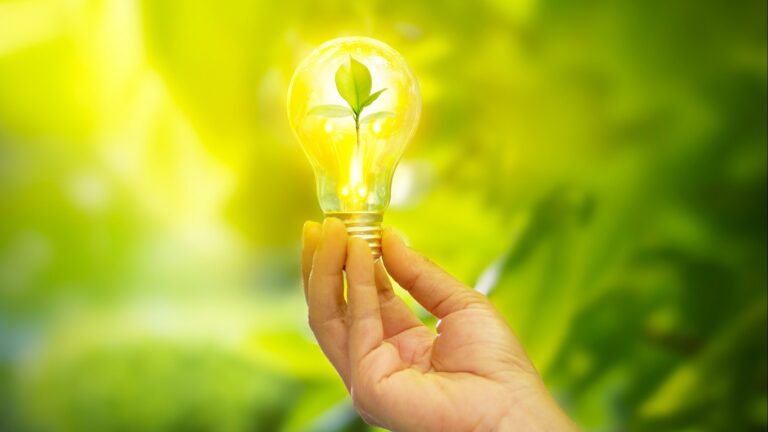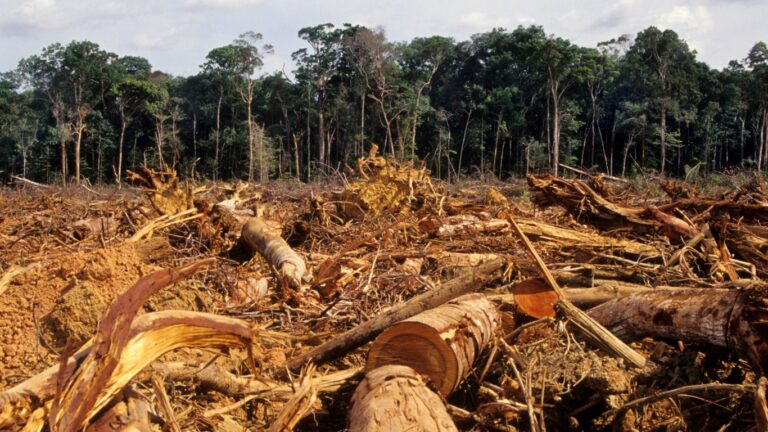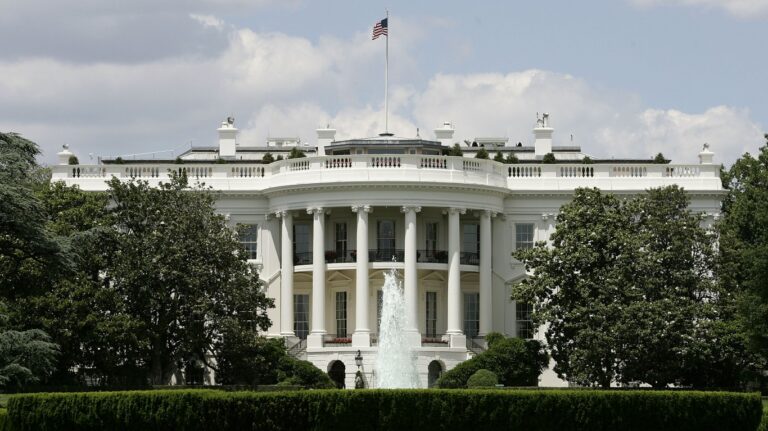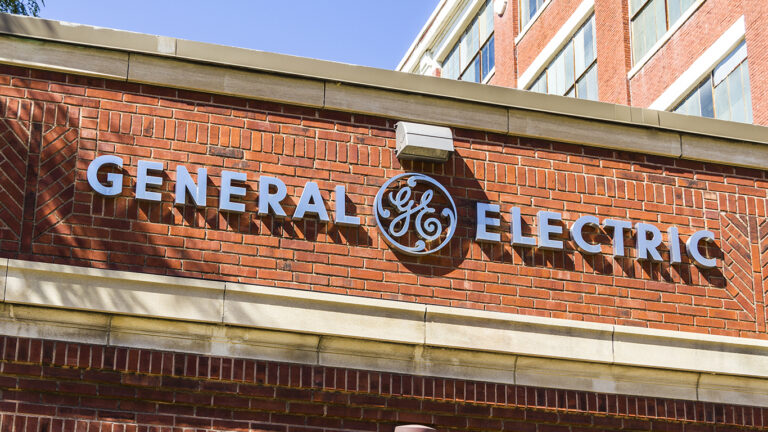Global plastic treaty in sight in Ottawa
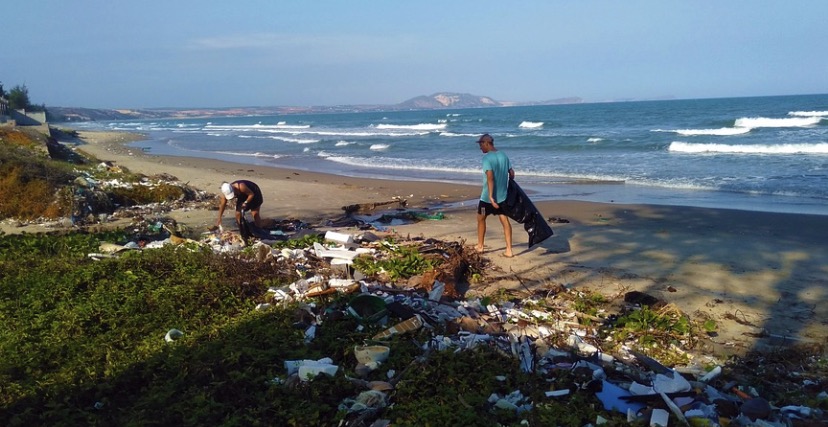
By Douglas Woodring, founder and managing director of Ocean Recovery Alliance
OTTAWA — In 1967, Dustin Hoffman in his Academy Award-winning role in the movie “The Graduate,” was told that the future is plastic. Today, one of the top three environmental topics and challenges for all of our economies is plastic pollution. Arguably, the “future” now is how to recover all of the plastic which stains our environment and waters every day.
One of the challenges for remediation and improvements, however, is that many different stakeholders are suggesting that plastic recycling does not work, and never lived up to its promises, so trust has been lost across many international jurisdictions. In contrast, and at the same time, many of the same stakeholders are suggesting that the world needs to move into circular economy systems for the preservation and re-use of materials, instead of having to continue to exploit virgin materials. This might be difficult to accomplish, but it is certainly possible to make major strides in the direction of circularity, once our businesses and governments put their minds to it.
MORE ABOUT PLASTICS: Plastics Emissions Growing At Surprising Rate
ALSO READ: Big Oil Lied About Big Plastic
Just a few years ago, no one would have guessed that more than 175 member states of the UN would agree to negotiate, and create, within just two years, a global Plastic Treaty for reducing pollution. We are now in our final year of negotiations, potentially creating a historic and watershed moment for plastic.
This means widespread opportunities for those wanting to gain by participating in the heavy-lift of remediating some of the millions of tons of plastic which exists in our communities today, and which will continue to be created for years to come, even with the expected reductions in virgin feedstock, single-use materials and reuse programs which are being discussed in the current consultations.
Remediation of plastic in this sense is much like that of carbon reduction or sequestration, except that most do not want it burned or gasified for energy, and landfills are becoming an increasingly expensive option. The extent of our plastic pollution issues, however, which touch every UN member state, cannot be improved upon simply with “future” regulations, commitments and programs for reduction.
A wide range of solutions for remediation are needed, and are actually already available, but these options are often not given the visibility or chances needed to be replicated into global markets. This is partly because recycling’s reputation is being portrayed as being ineffective, yet it is the only broad program which cuts across communities and governments for the recovery of materials.
Without recycling, circular economies cannot be created, nor can brands big and small reach their commitments for the use of recycled content instead of virgin material. In fact, it is estimated that the excess demand for recycled content is over six million tons per year and will likely grow as member states become more engaged in the outcomes of the Plastic Treaty, whether voluntary or mandatory in nature.
Ironically, the goals for plastic pollution reduction and the treaty discussions seem to be contradictory, as most call for circular economies, but simultaneously refer to plastic as “waste.”
In today’s world of constrained resources, circular economies would produce little waste, reusing existing materials as feedstock for new ones. “Waste” is something which should be disposed of, and not harnessed or repurposed into new products because of its toxicity or inability to be transformed for future value.
Unfortunately however, many stakeholders and the popular press have used the words “plastic” and “waste” interchangeably as synonyms for one another.
This has significant ramifications when interpreted without due consideration, particularly with respect to global circularity and trade. No one wants waste in their countries, but everyone wants reduced pollution.
In the past, few countries focused on the import regulations on feedstock materials for recycling, and trade got abused via the shipment of truly non recyclable waste. China’s ban on plastic feedstock imports in 2018 was the great needed shock felt around the world to bring focus to the issue of unqualified and unverified materials being sent across borders.
The fact that trade was abused before 2018 does not mean it will be abused today, with new, standardized and agreed upon regulations for the movement of feedstock for recycling which can be optimized via these treaty discussions, and the Basel Amendments on plastic. These solutions should be part of the focus of the Plastic Treaty, as most countries do not have the resources, size or scale to create their own domestic circular systems, nor should they, as this is not what happens with the movement of commodities, manufacturing, and competitive advantages.
Most of the technologies exist to repurpose almost every type of plastic made today, without turning it to energy or being landfilled, they are just not widely scaled or available. This is where the opportunities come to those who will be part of the facilitation of the treaty’s objectives. If circular economies are to come to fruition, and the member states want plastic pollution reduction to become a reality, then we should not be confusing the words plastic and waste. If “waste” is applied to describe and regulate plastic as soon as it finishes its first life as a package or product, it does not even have the chance to be recovered and circulated, because the reputation of the material is such that few give it a chance to become something new.
The challenges facing recycling and the circular economy relate mainly to the costs of cleaning, and sorting material, which are a direct function of most of today’s waste recovery systems (both technical, and societal). They are not designed with focus on the recovery of plastic, and this has hindered the ability of recycling to truly scale as is needed for the remediation of our global pollution problems.
The current UN Plastic Treaty negotiations are the biggest chance we have ever had to fix a broken system. This is where we can embrace and facilitate the creation of global circular economies for this material, but this critical nuance of waste vs. plastic feedstock has hardly been addressed.
In the end, of the top three environmental challenges (climate change, ecosystem loss and plastic pollution), it is worth remembering that every piece of plastic left someone’s hand before it became unwanted, and that means the solutions are closer than we might think.
About the author: Douglas Woodring was awarded the Prince’s Prize for Innovative Philanthropy in Monaco. He is a UN Climate Hero, Google Earth Hero and in November 2023, he was asked to speak at the UN Plastic Treaty negotiations, which are still ongoing through 2024.
About Ocean Recovery Alliance: Ocean Recovery Alliance was established in 2010 and is one of the early NGOs to focus on plastic pollution with global solutions in mind. The group is based in Hong Kong and California. It creates innovative solutions and collaborations to improve the health of the ocean and the world’s waters. Its network of organizations, entrepreneurs and innovators, particularly related to plastic sustainability and circularity, but also dedicated to broad ocean governance and new thought leadership, and helps to create engaged and active dialogue where gaps often occur due to between entities that often do not have a history of working with one another.

